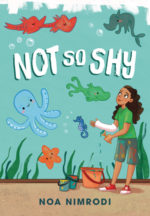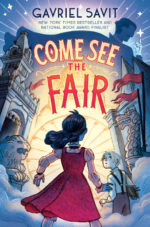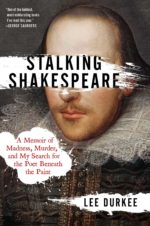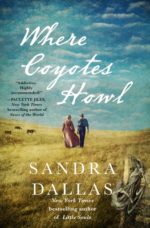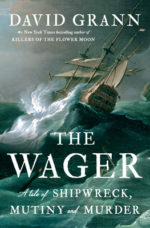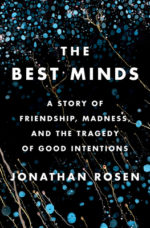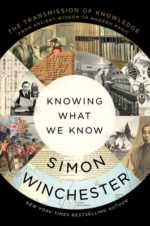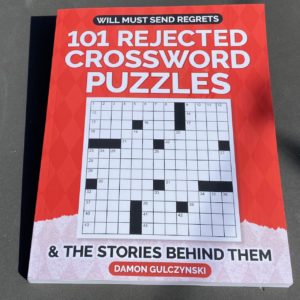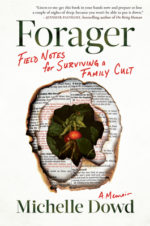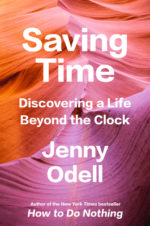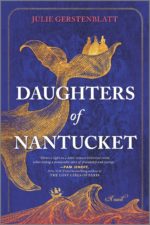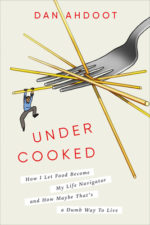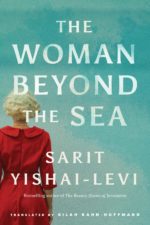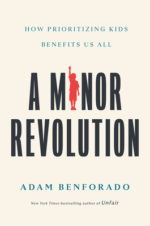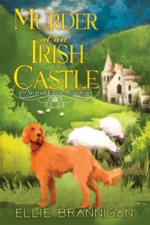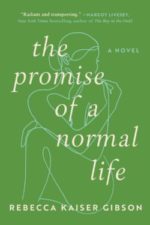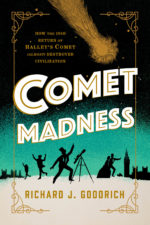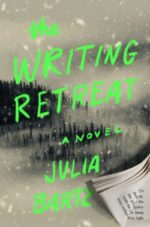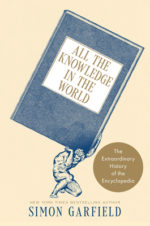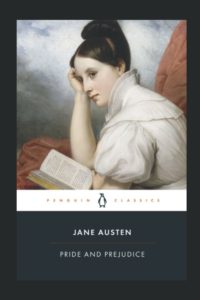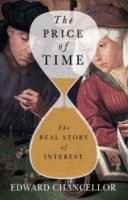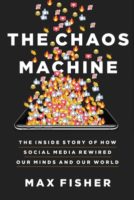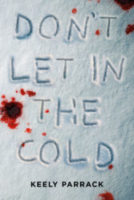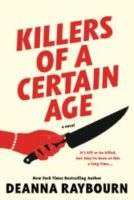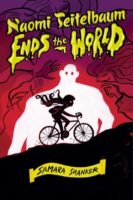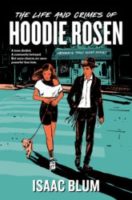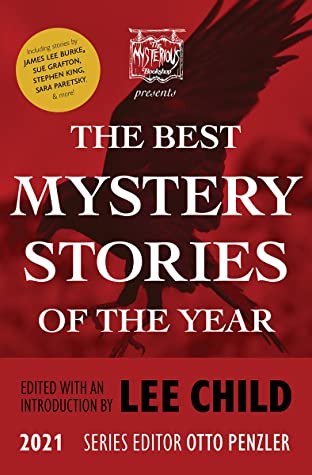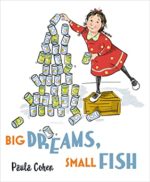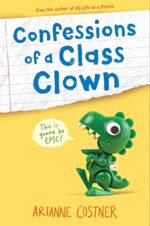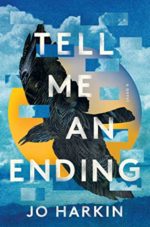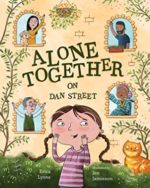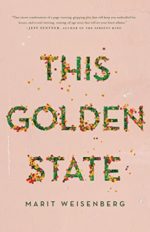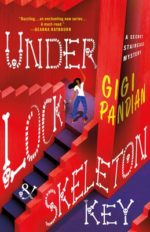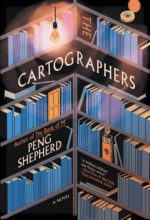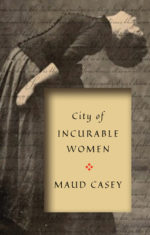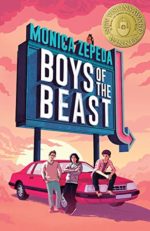It’s time once again to take a peek at the TBR and a few books I’m especially excited about in the next month. Publication dates are as listed in August 2022 and are subject to change.
The Price of Time: The Real Story of Interest by Edward Chancellor (9/6)
The tradition of charging interest on loans is one of man’s oldest practices, going back at least to the Mesopotamian era in the third millennium B.C. From ancient times, usury or charging for the use of money, has attracted opprobrium–from philosophers, including Plato and Aristotle, and from the religious authorities, whether Jewish, Muslim, or Christian. Yet as capitalism became established from the late Middle Ages onwards, denunciations of interest were tempered. It was gradually accepted that creditors had a right to charge for lending out their property and that credit was essential for trade. By the seventeenth century, the debate about interest shifted to what might be considered a fair price.
The Chaos Machine: The Inside Story of How Social Media Rewired Our Minds and Our World by Max Fisher (9/6)
We all have a vague sense that social media is bad for our minds, for our children, and for our democracies. But the truth is that its reach and impact run far deeper than we have understood. Building on years of international reporting, Max Fisher tells the gripping and galling inside story of how Facebook, Twitter, YouTube, and other social networks, in their pursuit of unfettered profits, preyed on psychological frailties to create the algorithms that drive everyday users to extreme opinions and, increasingly, extreme actions. As Fisher demonstrates, the companies’ founding tenets, combined with a blinkered focus maximizing engagement, have led to a destabilized world for everyone.
The Most Likely Club by Elyssa Friedland (9/6)
In 1997, grunge is king, Titanic is a blockbuster (and Blockbuster still exists), and Thursday nights are for Friends. In Bellport, Connecticut, four best friends and high school seniors are ready to light the world on fire. Melissa Levin, Priya Chowdury, Tara Taylor, and Suki Hammer are going places. Their yearbook superlatives confirm it: Most Likely to Win the White House, Cure Cancer, Open a Michelin-Starred Restaurant, and Join the Forbes 400.
Fast forward twenty-five years and nothing has gone according to plan as the women regroup at their dreaded high school reunion. When a forgotten classmate emerges at the reunion with a surprising announcement, the friends dig out the yearbook and rethink their younger selves. Is it too late to make their dreams come true? Fueled by nostalgia and one too many drinks, they form a pact to push through their middle-aged angst to bring their teenage aspirations to fruition, dubbing themselves the “Most Likely Girls.”
Don’t Let in the Cold by Keely Parrack (9/6)
It was supposed to be just one night in the cabin: one night for Lottie and her brand new stepsister, Jade, to try to get along. When a solar flare causes a massive blackout―no power or cell signal―Lottie knows they’ve got a long night ahead of them.
Then, in the dark, someone else shows up at the cabin―a stranger named Alex, claiming to be lost and needing shelter from the coming snowstorm. But later that night, Lottie spies him in the driveway talking to two mysterious men in a pickup truck, and she’s sure he’s lying about why he’s here.
Before Lottie can find out more, a fire forces her, Jade, and Alex out into the blizzard, where they must rely on one another to get to safety―wherever that is. In the remote, freezing Tahoe wilderness, they have to survive more than just the elements. Soon it becomes clear that Alex’s accomplices are hunting for all three of them, in a scheme that’s gone too far and taken a chilling, deadly turn.
Killers of a Certain Age by Deanna Raybourn (9/6)
Billie, Mary Alice, Helen, and Natalie have worked for the Museum, an elite network of assassins, for forty years. Now their talents are considered old-school and no one appreciates what they have to offer in an age that relies more on technology than people skills.
When the foursome is sent on an all-expenses paid vacation to mark their retirement, they are targeted by one of their own. Only the Board, the top-level members of the Museum, can order the termination of field agents, and the women realize they’ve been marked for death.
Now to get out alive they have to turn against their own organization, relying on experience and each other to get the job done, knowing that working together is the secret to their survival. They’re about to teach the Board what it really means to be a woman–and a killer–of a certain age
Naomi Teitelbaum Ends the World by Samara Shanker (9/6)
Naomi Teitelbaum is so ready for her Bat Mitzvah. Her prayers are memorized and she’s definitely got a handle on her Torah portion (well, almost). Then she gets a mysterious gift: a tiny clay Golem. To Naomi’s shock, it comes to life—and obeys her every command.
At first, this small magical helper seems like the best Bat Mitzvah gift ever. But with each command, the Golem grows…and gets harder to hide. And creepy, unnatural creatures like dybbuks, demons, and a congregation of ghosts have started following Naomi around. To keep herself out of trouble and the Golem out of harm’s way, Naomi gives the Golem well-intended instructions: save the world.
Unfortunately, this leaves more room for interpretation than Naomi thought. Before long, the Golem is wreaking havoc all over Los Angeles, and only Naomi and her friends can stop it.
American Demon: Eliot Ness and the Hunt for America’s Jack the Ripper by Daniel Stashower (9/6)
Boston had its Strangler. California had the Zodiac Killer. And in the depths of the Great Depression, Cleveland had the Mad Butcher of Kingsbury Run.
On September 5th, 1934, a young beachcomber made a gruesome discovery on the shores of Cleveland’s Lake Erie: the lower half of a female torso, neatly severed at the waist. The victim, dubbed “The Lady of the Lake,” was only the first of a butcher’s dozen. Over the next four years, twelve more bodies would be scattered across the city. The bodies were dismembered with surgical precision and drained of blood. Some were beheaded while still alive.
Terror gripped the city. Amid the growing uproar, Cleveland’s besieged mayor turned to his newly-appointed director of public safety: Eliot Ness. Ness had come to Cleveland fresh from his headline-grabbing exploits in Chicago, where he and his band of “Untouchables” led the frontline assault on Al Capone’s bootlegging empire. Now he would confront a case that would redefine his storied career.
The Life and Crimes of Hoodie Rosen by Isaac Blum (9/13)
Hoodie Rosen’s life isn’t that bad. Sure, his entire Orthodox Jewish community has just picked up and moved to the quiet, mostly non-Jewish town of Tregaron, but Hoodie’s world hasn’t changed that much. He’s got basketball to play, studies to avoid, and a supermarket full of delicious kosher snacks to eat. The people of Tregaron aren’t happy that so many Orthodox Jews are moving in at once, but that’s not Hoodie’s problem.
That is, until he meets and falls for Anna-Marie Diaz-O’Leary—who happens to be the daughter of the headstrong mayor trying to keep Hoodie’s community out of the town. And things only get more complicated when Tregaron is struck by a series of antisemitic crimes that quickly escalate to deadly violence.
As his community turns on him for siding with the enemy, Hoodie finds himself caught between his first love and the only world he’s ever known.
The Complicities by Stacey D’Erasmo (9/20)
After her husband Alan’s financial crimes come to light, Suzanne’s wealthy, comfortable life shatters. Alan goes to prison. Suzanne files for divorce, decamps to a barely middle-class Massachusetts beach town, and begins to create a new life and identity. Ignoring a steady stream of calls from Norfolk State Prison, she tries to cleanse herself of all connections to her ex-husband. She tells herself that he, not she, committed the crimes.
Then Alan is released early from prison, and the many people whose lives he ruined are demanding restitution. But the last of the money went to Suzanne, who, feeling righteous, donates it instead to an oceanic foundation. The consequences of Suzanne’s apparently high-minded decision ripple with devastating effect not only through Alan’s life as he tries to rebuild, but also through the lives of Suzanne and Alan’s son, Alan’s new wife, his estranged mother, and, ultimately, Suzanne herself.
When damage is done, who pays? Who loses? Who is responsible? How long is the half-life of a crime?
The Gospel of Wellness: Gyms, Gurus, Goop, and the False Promise of Self-Care by Rina Raphael (9/20)
Women are pursuing their health like never before. Whether it’s juicing, biohacking, clutching crystals, or sipping collagen, today there is something for everyone, as the wellness industry has grown from modest roots into a $4.4 trillion entity and a full-blown movement promising health and vitality in the most fashionable package. But why suddenly are we all feeling so unwell?
The truth is that deep within the underbelly of self-care—hidden beneath layers of clever marketing—wellness beckons with a far stronger, more seductive message than health alone. It promises women the one thing they desperately desire: control.





